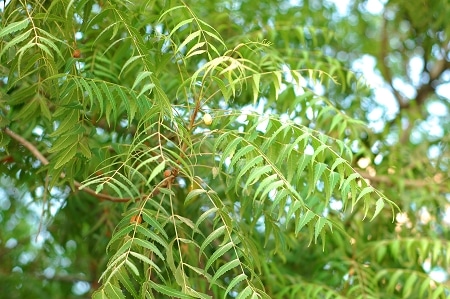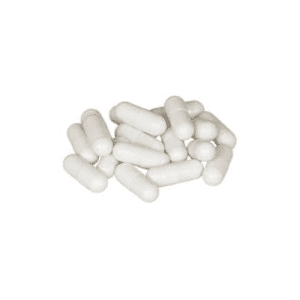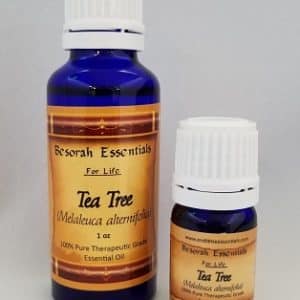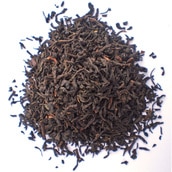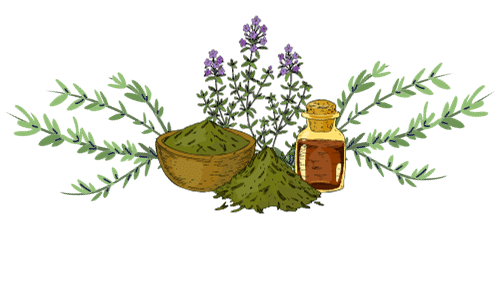Botanical and Common Names
Family Asteraceae (formerly Compositae)
Artemisia absinthium (Wormwood, Green Ginger, Absinthe; Spanish: Artemisia, Yerba Maestra, Ajenjo, Altamisa, Estafiate)
Wormwood is the most bitter herb after rue, while Southernwood is the sweetest. Many Artemisia species are known as “estafiate”. All are little gray-green herbs no taller than a foot or so. A. mexicana is sometimes called long-leaf “estafiate” because of its slender, lance-shaped leaves. A. ludovicana has scalloped-edged leaves like a dandelion. Silver Sage (A. frigida) has feathery leaves, while A. absinthium, whose leaves are also feathery, is known by two names: “estafiate” and “ajeno”. Many of the wormwoods have distinctly different actions when used medicinally.
The botanical classification of this genus, of some 200 species, was derived from Artemisia, the sister and wife of the Greek/Persian King Mausolus, and ruled after his death in 353 BCE. Artemisia was a noted botanist and medical researcher, and to honour her husband/brother, she built a magnificent tomb called the Mausoleum, which was one of the seven wonders of the ancient world. Artemesia is a Latin term for “mugwort.” The Louisiana name refers to the vast Louisiana Territory rather than the state. In the ancient Greek text of Dioscorides, wormwood is mentioned as a remedy for expelling intestinal worms, and thus its name. Native American tribes used the wormwoods extensively for medicinal purposes, for treating all manner of illnesses and for cleansing the body in purification rites. The Lakotas used the wild sages extensively, and had names for seven different species as well as two names for the white sage. The Lakota men used the white sage and the women used the dwarf sagebrush for protection against evil influences.
The Chinese still use a leaf of wormwood rolled up into the nostril to stop nosebleeds.
Since it tastes like licorice, it was once used to flavour liqueurs, such as vermouth, as well as for bitter digestive remedies.
The addictive thujone is what gave the drink absinthe its notorious reputation. The great painter Vincent Van Gogh was reportedly to have been an habitual user of absinthe, which contains thujone, a volatile oil noted for its narcotic effect responsible for hallucinations, psychosis, and brain damage a syndrome labelled “absinthism”. It is thought that the heavy yellow in his paintings may have been as a result from thujone-caused brain damage.
In Mexican neighbourhoods, species of Artemisia are called by names dependant on the area of origin. Throughout Mexico, there are a number of plants referred to as “ajenjo”, “artemisia”, or “estafiate” and used interchangeably, both in name and medicinally. It also leads to much confusion as to which one is the “true” one. It was originally brought to Mexico by the Spanish but now considered to be a weed.
Key Actions
Key Components
